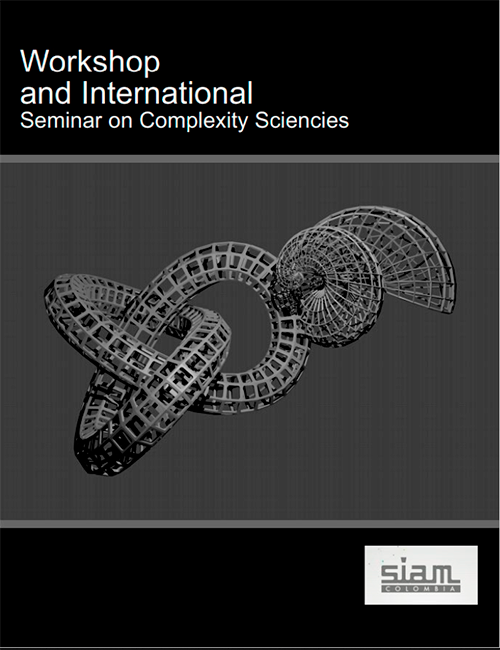In this study, a mathematical model is formulated and studied from the perspective of adaptive dynamics (evolutionary processes), in order to describe the interaction dynamics between two city public transport systems: one of which is established and one of which is innovative. Each system is to be influenced by a characteristic attribute; in this case, the number of assumed passengers per unit it that can transport. The model considers the proportion of users in each transport system, as well as the proportion of the budget destined for their expansion among new users, to be state variables. Model analysis allows for the determination of the conditions under which an innovative transportation system can expand and establish itself in a market which is initially dominated by an established transport system. Through use of the adaptive dynamics framework, the expected long-term behavior of the characteristic attribute which defines transport systems is examined. This long-term study allows for the establishment of the conditions under which certain values of the characteristic attribute configure coexistence, divergence, or both kinds of scenarios. The latter case is reported as the occurrence of evolutionary ramifications, conditions that guarantee the viability of an innovative transport system. Consequently, this phenomenon is referred to as the origin of diversity.
Palabras clave:
Technological Change, Public Transportation Investment, Public Transportation, Simulation Modeling




